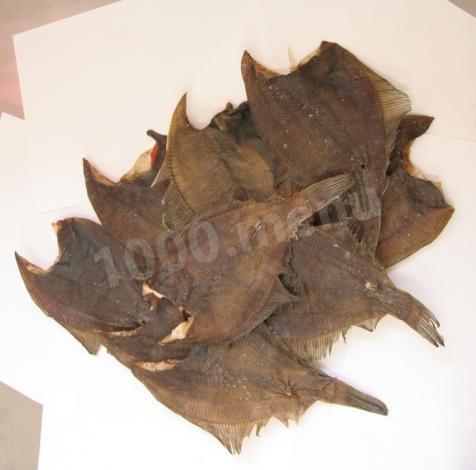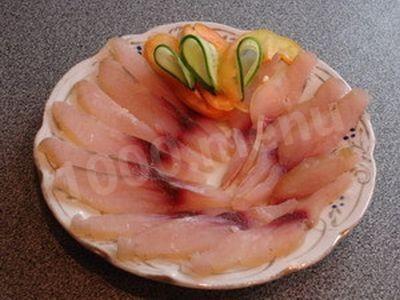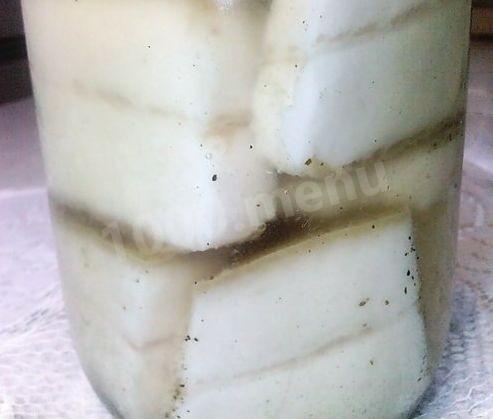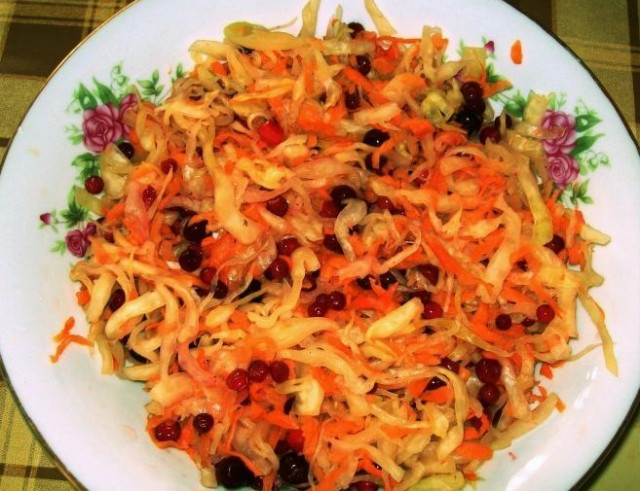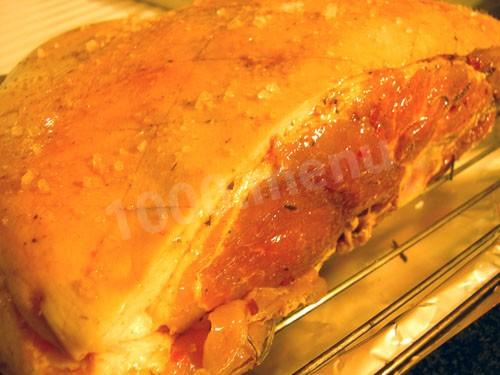Dried flounder
Composition / ingredients
20
Servings:
Cooking method
For salting, an average flounder, 20 centimeters long, is needed. The fish's head is cut off along with the gills. Moreover, it should not be cut straight, but in a circle, then the meat near the head will not go to waste. Carefully remove the intestines. Then the fish is washed in running water. Flounder is easy to clean in a semi–frozen form - then it will not slip in your hands, and the intestines can be removed in a single piece. Leave the cleaned and gutted fish for 3 hours, then drain the resulting liquid.
Now pour the fish with salt in a ratio of 3:1 (fish: salt), leave for 3 days at room temperature, put in a saucepan. Mix the fish twice a day.
Now we need to put each flounder on the twine so that the carcasses do not touch each other. Hang the twine in a well-ventilated cool room. A balcony will do. If it's cold outside, then you can hang the fish in the kitchen right by the window. Dried fish should be wrapped with food paper and stored in a cool, dry place.
The drying process depends on temperature and humidity, lasts about a week.
Now pour the fish with salt in a ratio of 3:1 (fish: salt), leave for 3 days at room temperature, put in a saucepan. Mix the fish twice a day.
Now we need to put each flounder on the twine so that the carcasses do not touch each other. Hang the twine in a well-ventilated cool room. A balcony will do. If it's cold outside, then you can hang the fish in the kitchen right by the window. Dried fish should be wrapped with food paper and stored in a cool, dry place.
The drying process depends on temperature and humidity, lasts about a week.
Caloric content of the products possible in the composition of the dish
- Hot smoked flounder - 192 kcal/100g
- Boiled flounder - 103 kcal/100g
- Fresh flounder - 83 kcal/100g
- Salt - 0 kcal/100g
- Water - 0 kcal/100g

